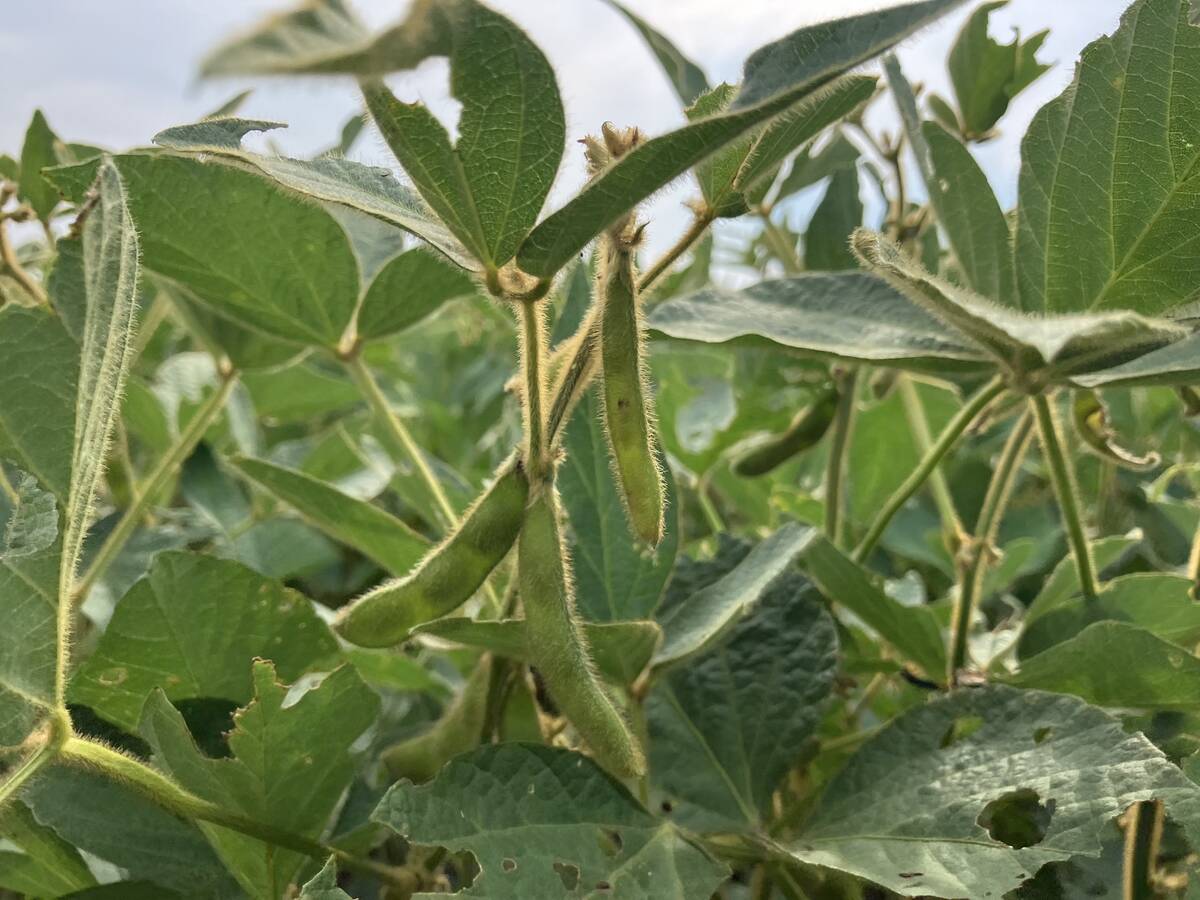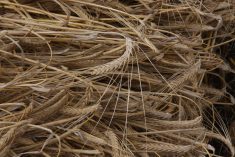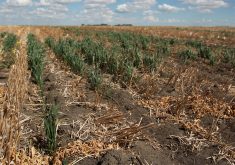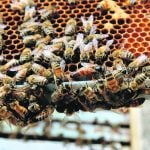CALGARY – Sten Stymne envisions a day when a farmer uses a cereal-oilseed rotation without changing the crop he is growing.
It sounds impossible but it isn’t, said the Swedish researcher who is attempting to convert cereal crops into oilseeds through genetic modification.
Stymne, a professor in the department of plant breeding and biotechnology at the Swedish University of Agriculture, said the burgeoning biofuel industry requires more oilseed production. But that is a tall order because oilseeds are difficult and expensive to grow.
He feels a better solution can be found by using modern science to radically change the make-up of select cereal grains.
Read Also

U.S. loses out on sales of soybean to China
U.S. soybean exporters risk missing out on billions of dollars worth of sales to China this year as trade talks drag on and buyers in the top oilseed importer lock in cargoes from Brazil.
Cereal crops and oilseeds are both used to produce biofuel but the process of converting the sugar from cereal crops into ethanol is far less efficient than making biodiesel from oilseeds. About half of the energy contained in a sugar molecule is lost in the ethanol process, while a maximum of 14 percent is lost in making biodiesel.
“(Biodiesel) is much more energy efficient,” said Stymne.
But the only oilseed grown in significant quantities in the European Union is rapeseed, a crop that requires plenty of fertilizer and pesticides, which detracts from one of the primary goals of producing biofuel.
“It’s not very environmentally friendly,” said the researcher.
With funding provided by Chevron, Stymne is hoping to add to the mix of oilseeds by modifying oats, a crop that can be widely grown and does not require intensive use of inputs.
Oats was the logical choice because it is the only cereal that contains a sufficient amount of oil in the seed. There are oat varieties being grown that contain up to 10 percent oil and breeding lines with up to 18 percent, although those ones are poor agronomic performers.
There are also oat varieties that only produce starch and have zero oil content. Stymne’s job is to find the genetic switch that determines whether the plant produces starch or oil.
“We want to identify the switch and enhance it towards oil,” he said.
Once the switching mechanism is discovered, Stymne predicted he will be able to produce an oat variety with 35 percent oil content, far more than a rapeseed crop is capable of producing.
But his work wouldn’t stop there.
“Chevron is interested in corn. They’re not interested in oats because they’re a U.S. based company,” he said.
Stymne said it would be relatively simple to do the same kind of transformation with other cereal crops like corn once he knows how to do it in oats.
If his project is successful it could give rise to a whole new type of crop rotation. For instance, a European farmer could in theory grow a cereal oat crop one year and follow it up with an oilseed oat crop the following spring, depending on what market he wanted to reach.

















